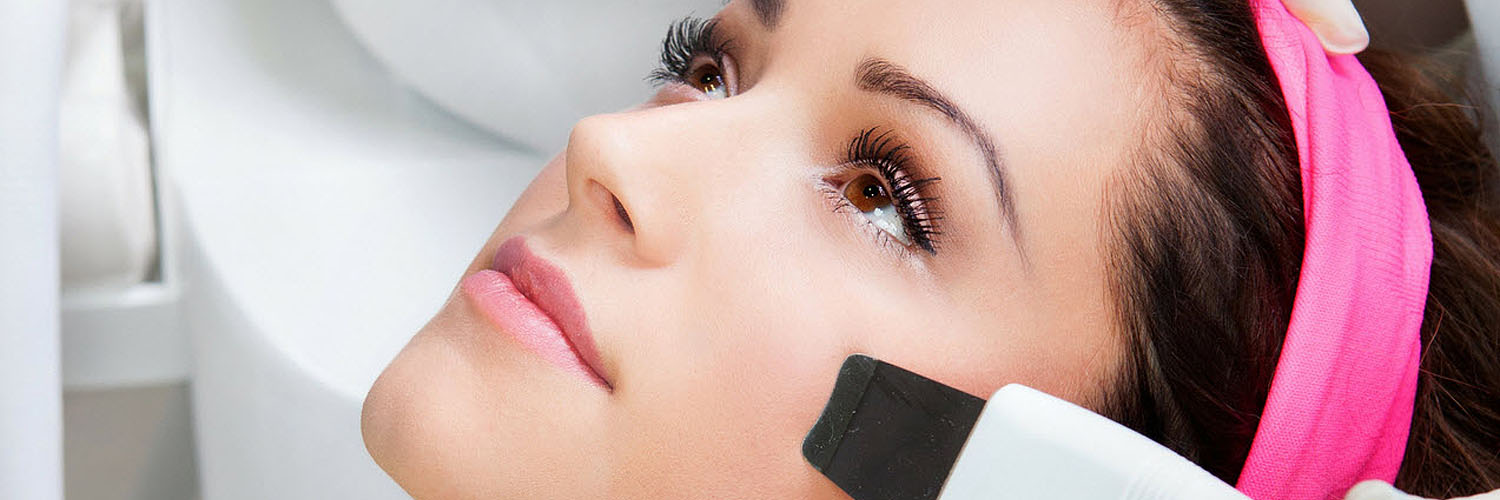So you’re looking at yourself in the rearview mirror of your car and what do you see? With the unsympathetic brightness of the sun, you notice facial hairs that diminish your natural beauty. Sound familiar? Over the centuries these hairs have been a nuisance to many women. Unwanted hairs have also been a nuisance to men, especially when they connect the two eyebrows, making them appear to be one long one , or when they grow on the upper cheeks, or on the ears, for that neanderthal look. In the past century, a permanent solution for many has been electrolysis. Previously, people were willing to tolerate a certain amount of discomfort knowing that “Electrolysis is the only permanent hair removal that we have today”. Well , has electrolysis ever changed! In this computerized age, we have available a computerized epilater that can offer timing as little as one thousandth of a second. Years ago that was unheard of. Also available to the modern electrologist are surgical microscopes for increased accuracy.
The magnifier simply cannot compare with the microscope. In the hands of a properly trained electrologist, these modern tools can result in faster and more comfortable treatments.
Electrolysis uses a very mild electrical current that is directed at the base of the hair. With the exception of inside the ears and nose, electrolysis can be performed anywhere on the body. It was in 1875 that Dr. Charles E. Michel came up with the idea of using a tiny probe inserted into a hair follicle and releasing a small amount of electricity in order to remove an ingrown eyelash.
Today, in much the same way, we use a probe and electricity to permanently remove the unwanted hair growth. Although the equipment is much more refined. Also new to the electrolysis field are higher levels of sterilization. In the past, probes were used again and again. So were forceps. Sterilization was done with a glass bead sterilizer (now outlawed). Today, disposable probes must be used (discarded after each treatment), forceps must be sterilized using an autoclave or dry heat, and disposable latex rubber gloves must be worn by the electrologist.


